Introduction: Welcoming the Season of Colors
Spring is a time of renewal, where gardens across the globe burst into vibrant colors, offering a feast for the eyes and a revitalizing atmosphere. As the chilly embrace of winter begins to recede, the landscape transforms, ushering in a season of warmth and blooms. This transition period is not just a marvel to behold but also an ideal opportunity for garden enthusiasts to prepare their plots for a dazzling display of hues. Selecting the right flowers is key to ensuring your garden flourishes with color. At Plantology, we have curated a collection of the finest flowers to plant this spring to help your garden become the envy of the neighborhood. In this blog post, we will explore the best flowers to plant in spring and offer tips and resources to achieve a colorful garden.

Understanding Spring Planting
A. Why Spring is the Ideal Time for Planting
Spring offers the perfect balance of conditions essential for plant growth. As days lengthen, the increased availability of sunlight aids photosynthesis, giving plants the energy boost they require. The gradual warming of soil also supports root development and the overall growth of flowers. With increased rainfall, there’s a natural boost in hydration making it a conducive period for planting.
B. Preparing Your Garden for Spring Planting
Before introducing new plants, ensure your garden is ready for the vibrant journey. Start by cleaning up winter debris and dead plant material. Next, test your soil; a pH range of 6.0 to 7.0 is typically ideal for most flowers. Enhance your soil with compost to provide essential nutrients and improve drainage. Finally, create a garden plan to optimize space and sunlight for your chosen plants.

The Best Spring Flowers for a Burst of Color
A. Tulips
Tulips are synonymous with spring, renowned for their bright, cup-shaped blossoms. With over 3000 varieties, these flowers offer a spectacle of colors ranging from bold reds to serene whites. Plant tulip bulbs in fall for a splendid spring display, ensuring they're positioned in well-drained soil with plenty of sunlight.
B. Daffodils
The golden tones of daffodils bring warmth and cheer to gardens. These hardy bulbs are easy to grow and offer a delightful fragrance. Plant them in clumps for a more natural look, mixing different varieties for contrast. They thrive in full sun but can tolerate partial shade.
C. Lilies
Lilies are fantastic for filling gardens with color and fragrance. From the bold Asiatic lilies to the striking Oriental hybrids, there is a vast array to choose from. Plantology’s collection of Agapanthus Lily of the Nile Blue offers an exotic touch with its deep blue flowers, perfect for creating a dramatic garden. These resilient plants prefer rich, well-drained soil and enjoy full sunlight.
D. Crocus
The crocus is often one of the first flowers to bloom, symbolizing the end of winter. These petite blooms appear early and in clusters, often carpeting lawns in vivid purples and yellows. Ideal for naturalizing in grassy areas, they thrive in well-drained soil and under sunny conditions.
E. Hyacinths
Known for their intoxicating fragrance, hyacinths are a charming addition offering spikes of densely packed blooms that add texture and depth. Ranging from soft pastels to vibrant hues, they are versatile and can brighten up any part of your garden.

Essential Care Tips for Spring Flowers
A. Watering and Feeding
Springtime typically provides ample rain, so heavy watering is unnecessary. However, supplement during extended dry spells. Use a balanced fertilizer in early spring to kickstart growth, and consider slow-release options for sustained nourishment throughout the blooming season.
B. Pest Control and Maintenance
Monitor for common pests like aphids and slugs, which can damage young plants. Regularly inspect your flowers and use eco-friendly pesticides or natural remedies to tackle infestations. Deadhead flowers to promote further blooming and maintain tidiness in your garden.
C. Encouraging Continuous Bloom
To achieve a continuous display of flowers throughout spring and into early summer, stagger planting times and include a mix of early to late bloomers in your garden plan. Group flowers with similar needs together for easier maintenance and maximum impact.
Taking Your Garden to the Next Level
A. Incorporating a Tropical Touch
Add a tropical flair to your spring garden with the majestic Adonidia Palm Double or Adonidia Palm Single. While not flowers, palms offer unique architectural elements, creating focal points that enhance any floral display. These palms thrive in warm climates but can also be grown in containers for versatility.
B. The Bold Attraction of Succulents
Complement your flowers with the structural beauty of succulents such as Agave Blue and Agave Desmettiana Variegata. These hardy plants provide year-round interest and contrast beautifully against colorful blooms. They require little water once established, making them a low-maintenance, sustainable choice for your garden.

Wrap Up: Bringing Your Spring Garden to Life
Cultivating a vibrant spring garden filled with a burst of colors is both rewarding and manageable with the right approach and selections. Whether you wish to craft a harmonious palette or create bold contrasts, Plantology's collection of plants and flowers is curated to support your vision. Explore our full range at Plantology and find the perfect additions to transform your outdoors this spring.
Ready to start your colorful journey? Browse our extensive selection of spring-ready plants and take advantage of our expert advice to create a breathtaking garden. Embrace the season of new beginnings with us and uncover endless possibilities of color and creativity.
C. Creating Focal Points and Garden Themes
Designing a stunning spring garden goes beyond just selecting vibrant flowers. A successful garden tells a story and creates a peaceful or invigorating environment where each plant plays its part. Consider creating focal points in your garden that draw the eye and ground your design. This can be achieved by using taller plants, such as the Bird of Paradise White, which adds an exotic flair with its unique shape and striking color.
Another approach is to work with themes, such as a cottage garden overflowing with blousy blossoms or a modern landscape with sleek lines and monochromatic blooms. Experiment with thematic groupings like a Mediterranean escape using lavender, rosemary, and oleander, or a traditional English garden with roses, foxgloves, and peonies, each providing a unique yet cohesive visual and fragrant experience.
D. Incorporating Edibles with Ornamentals
Elevate your garden's functionality by integrating edible plants alongside ornamental flowers. Combining aesthetics with utility, consider planting herbs such as sage or thyme, which not only complement florals like roses and dahlias with their contrasting foliage but also provide culinary benefits.
Berry bushes like dwarf blueberry varieties can add seasonal interest with their spring blossoms, while strawberry plants can serve as ground cover, filling gaps in flower beds with attractive foliage and delicious fruit. Mix marigolds among your vegetable plots, as they deter pests naturally, safeguarding both your ornamental and edible crops.
E. Embracing Container Gardening
For those with limited space or who prefer low-maintenance gardening, containers provide a versatile and impactful solution. Choose pots of varying heights and materials to add dimension and texture to patios, balconies, or terraces. Begin with a thrilling centerpiece plant, like the Calathea Rattlesnake Plant, known for its ornate, patterned foliage.
Add a combination of spiller plants to cascade over the edges, like ivy geraniums or Dichondra ‘Silver Falls’, and filler plants to maintain volume and elegance, such as petunias or lavender. Container gardens offer the flexibility to move and adjust as needed, catering to both aesthetic desires and practical sun or shade requirements.

Spotlight on Sustainability
A. Embracing Native Species
Incorporating native plant species in your garden plan is a proactive step towards sustainability. Native plants are adapted to the local climate, soil conditions, and rainfall, requiring less water and maintenance. They also provide vital habitats for local wildlife, supporting bees, butterflies, and birds crucial for pollination.
Research native flowers in your region that can substitute for non-natives, thereby reducing the ecological footprint of your garden. For example, opt for blanket flowers (Gaillardia) instead of tropical florals in dry regions, or choose wild bergamot over exotic decorative mint in a temperate climate.
B. Opting for Perennials Over Annuals
While annual flowers provide immediate and season-long color, perennials contribute to a sustainable garden by establishing long-lasting root systems that improve soil structure and reduce erosion. As perennial plants mature, they create a sustainable ecosystem on their own, attracting beneficial insects and improving biodiversity.
Consider incorporating robust perennials such as coneflowers, daylilies, or hostas. These plants return year after year, often with increasing vigor, providing a perennial backbone to your spring garden that harmonizes with annual blooms for extended seasonal interest.
C. Water Conservation Practices
With climate variability, incorporating water-wise gardening practices is imperative. Implement techniques like rainwater harvesting by using rain barrels to collect runoff from rooftops. Mulch garden beds to retain moisture in the soil and minimize evaporation.
Select drought-tolerant species, integrating succulent varieties like sedums and hens-and-chicks as water-saving heroes. Group plants with similar water needs together to optimize irrigation efficiency, reducing waste and promoting a thriving, sustainable landscape.

Integrating Garden Structures
A. Pergolas and Arches
Enhance your spring garden with structures like pergolas and arches that provide vertical interest and support for vining plants. Clematis and climbing roses find their stride on these structures, offering height and a picturesque backdrop of blooms as they twist and twine.
Pergolas can serve as secluded retreats within your garden, where you can enjoy spring evenings under a floral canopy—a perfect place to unwind and appreciate the surrounding beauty.
B. Gazebos and Garden Sheds
Invest in garden structures like a gazebo or stylish garden shed to add charm and functionality to your outdoor space. A gazebo nestled amongst blooming perennials becomes a serene escape, offering shade and shelter while you enjoy the sights and sounds of your garden.
Garden sheds provide invaluable storage for tools and accessories, especially when matched to the style of your garden, creating continuity and a sense of completeness. With thoughtful design, these structures become focal points that contribute positively to the garden's dynamics.
C. Pathways and Borders
Design thoughtful pathways with materials such as reclaimed bricks, gravel, or stepping stones, guiding visitors through different garden areas while avoiding plant disturbance. Borders lined with edgers or low hedges provide structure and definition, enhancing the beauty of varied plantings.
Lead pathways towards key focal points like statues, water features, or beautifully arranged flower beds. Incorporating lighting along these pathways ensures your garden can be enjoyed during the evening, offering a warm glow that highlights the tranquility of your blooms.

Final Thoughts: Blooming Beyond Spring
While spring is synonymous with renewal and vibrancy, a truly magnificent garden continues to showcase beauty beyond the boundaries of a single season. Consider incorporating evergreens for winter interest, fall-bloomers like chrysanthemums and asters, or summer powerhouses such as daisies and zinnias to ensure year-round visual appeal.
Continue to explore and refine your garden, taking cues from nature, personal tastes, and gardening goals. With Plantology’s diverse selection and expert advice at your fingertips, your dream garden is well within reach. Whether you are just starting or are a seasoned gardener, the joy of cultivating a living, evolving space filled with color and life is a rewarding endeavor worth pursuing.
Visit Plantology to discover more about our spring collection and beyond. Dive into our treasure trove of botanicals, harness the beauty of nature, and express your creativity through hands-on gardening adventures. Embrace the season of growth with us and transform every day into a garden celebration.











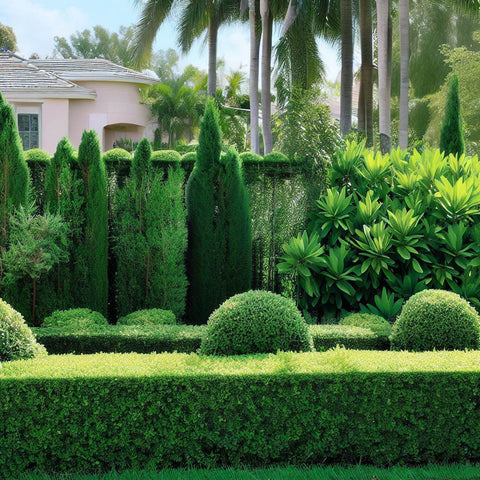
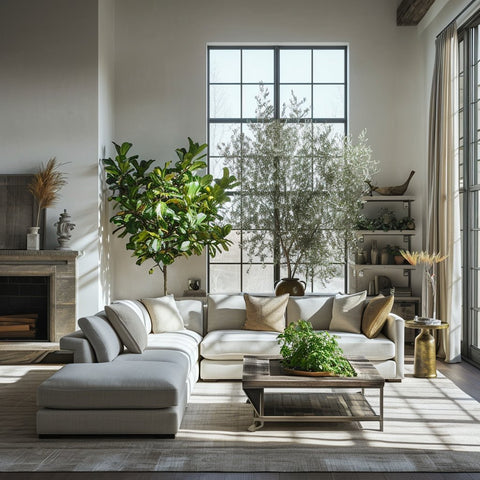
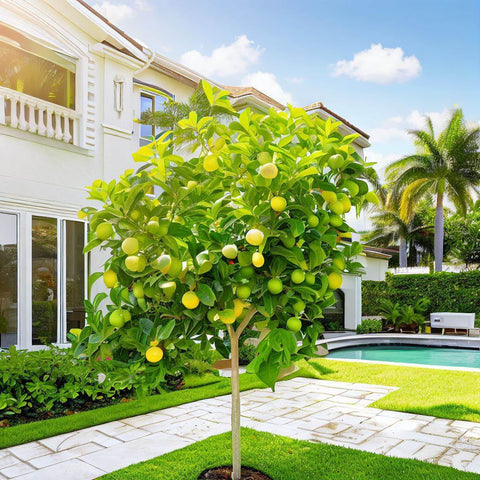
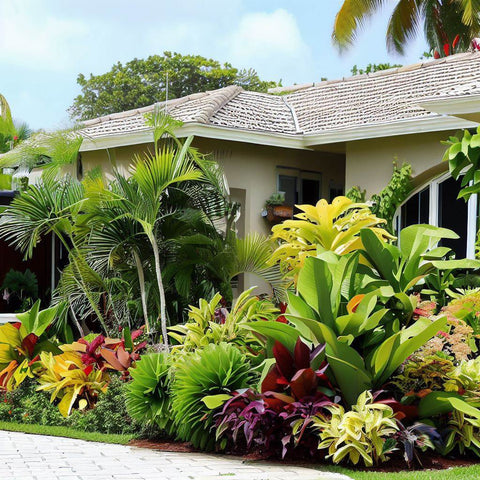

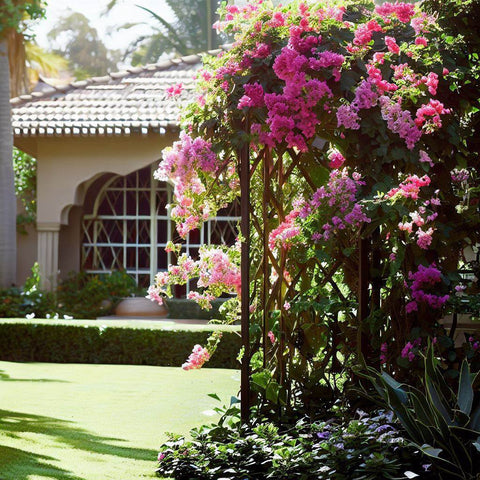
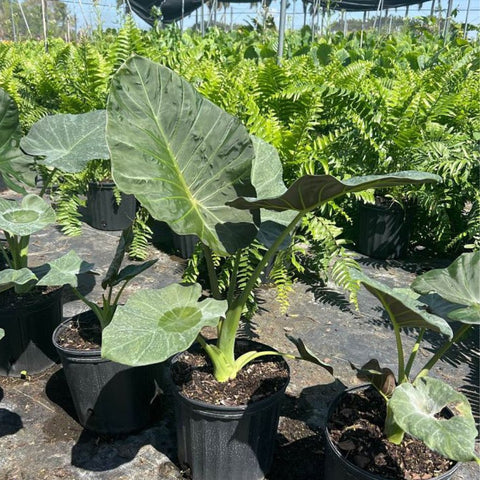
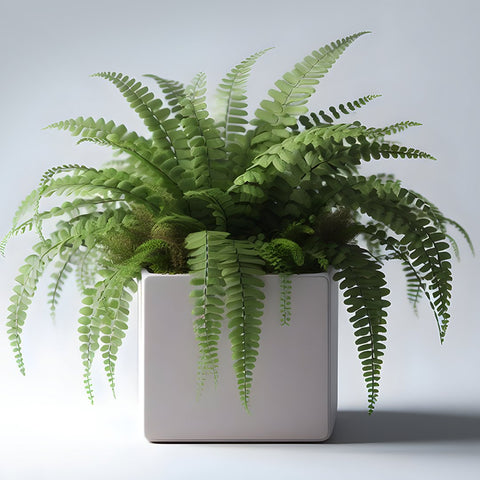
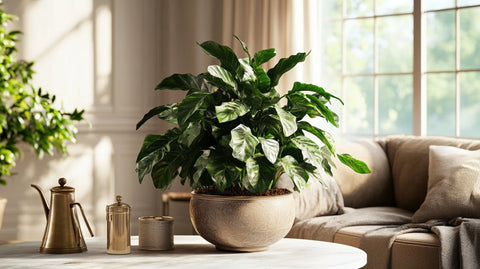










Comments (0)
There are no comments for this article. Be the first one to leave a message!